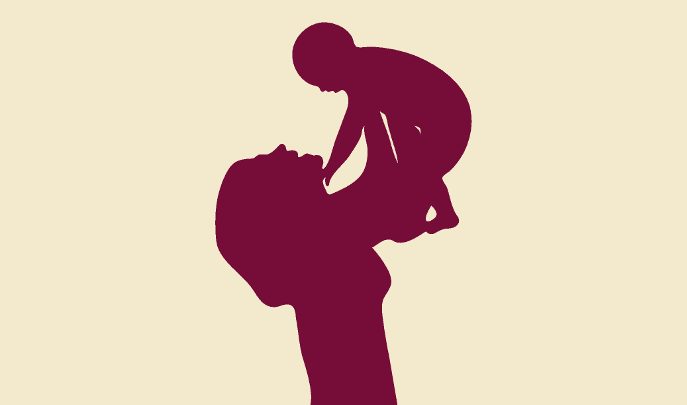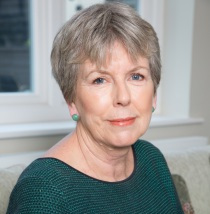‘It Takes Two’ – Good Communication Development Requires Interactions Between Parents And Children

We need to spell out the fact that good communication development requires high-quality interactions between parents and children

- by Jean Gross

We all know the lyric “It takes two, baby”; it’s one of those earworms that stick in your brain. I’ve used it as the theme of this article because it reminds us that good communication and language development in young children is the outcome of high-quality face-to-face interactions between an adult and a child.
Other forms of input – TV, DVDs, iPads – just don’t do the business. How do we know this? Well, a study by Professor Patricia Kuhl at the University of Washington compared how many Mandarin sounds babies from English-speaking families learned to discriminate when they either interacted with native Chinese-speaking tutors who played with them and read to them, or heard the same Mandarin-speaking tutors through a video or audio presentation.
The researchers found that children exposed to the language through face-to-face interactions were able to discriminate between similar Mandarin sounds as well as native listeners. But the other babies – regardless of whether they had watched the video or listened to the audio – showed no learning whatsoever.
In another study, scientists tried to teach toddlers new words, either by giving them a special DVD to watch alone or with their parents, several times a week over four weeks, or just by telling the parents the list of words and asking them to include them in their everyday interactions with their child. Guess which group learned most words? Yes, the everyday parent-child interaction group.
Why might this be? It’s not about technology as such; it’s about the idea of ‘contingency’ – research that shows children learn language best when an adult talks about what a child is looking at, pointing at, or talking about. That is, adults take their lead from the child in a responsive way that video or DVD generally doesn’t.
I’ve never forgotten a session I once watched in a Plymouth Children’s Centre, in which babies of six months up were given a basket of objects to explore, while their parents were asked to get down on the floor with them and mirror the baby’s actions, providing a running commentary on what the child was doing – for a whole 15 uninterrupted minutes. It was magic, contingency in action; there was no crying or fussing, and lots of ‘conversations’. Evaluation of the programme, which was devised by a speech and language therapist, showed very good communication and language outcomes.
Of course there are other factors that matter in early language development, like the number of words children hear and whether adults sing nursery rhymes, share books and reminisce about events. But contingency is vital, as is making sure children’s speech, language and communication are on track in their very earliest years, preferably before they are two.
Research has shown that the capacity to learn language peaks at about 18 months, and that language development at two strongly predicts children’s school readiness; if children – particularly disadvantaged children – are behind in their language at two, they are likely to stay behind.
Even before children say their first word, there is a lot of language learning going on. We tend to notice and focus on ‘speech’, but really speech is just the end product of essential underpinnings that speech and language therapists call the language learning pyramid (see bit.ly/2gzM0cO). In order for a child to have the tools to communicate well, most of these skills and processes have to be put in place very early.
Is ‘It takes two, baby’ still ringing in your ears? Good, because we need to drive the message home that good communication and language development in young children is the outcome of high-quality face-to-face interactions between parents and their children.
With this in mind, I’m very pleased to be hosting the National Literacy Trust’s annual ‘Talk to Your Baby’ conference on 13 March 2017. With a host of incredible speakers lined up, the conference is renowned for its in-depth and engaging reviews of policy, research and practice, and for highlighting the key role communication and language can play in improving the life chances of our youngest children. But don’t just take my word for it, find out more at literacytrust.org.uk/talk_to_your_baby. I look forward to seeing you there!
Jean Gross CBE is the author of the bestselling book Time to Talk (Routledge, 2013), and a former government Communication Champion for children.










